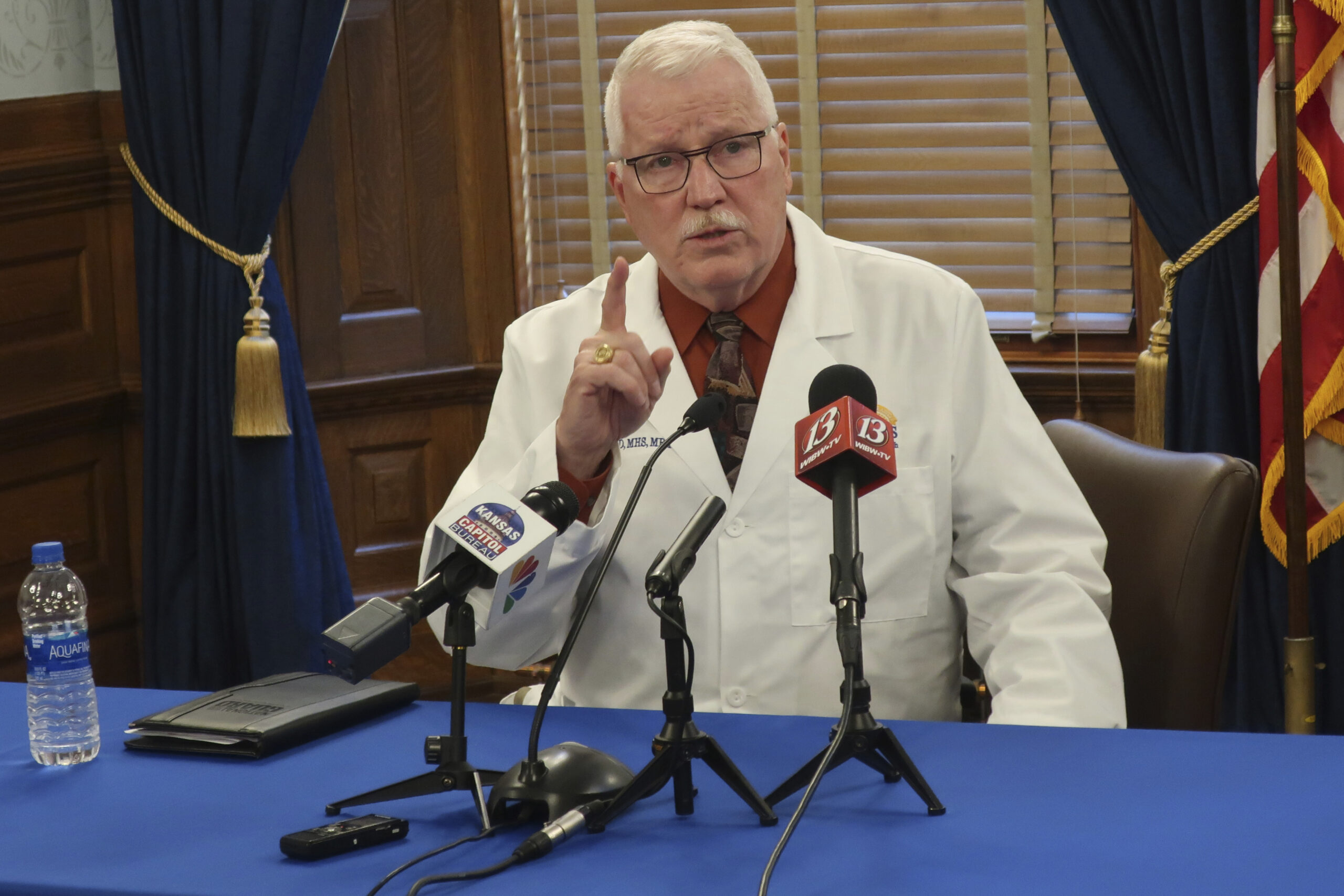The Kansas Department of Health and Environment is still struggling to get basic COVID-19 reporting numbers correct.
According to a story from the Pittsburg Morning Sun, published Thursday, Sept. 24, 2020, just days after restarting a “Cluster Reporting” system it had shelved because of issues with the data, the numbers remain incorrect.
As an example, KDHE said George Nettles Elementary School in Pittsburg had a cluster of nine positive cases in the last 14 days. But local officials dispute those numbers.
“This is not an accurate number,” Pittsburg Community Schools Public Information Director Elishia Seals, told the Sun. “We are in contact with KDHE to have this corrected.”
According to the Sun, as of Wednesday, Sept. 23, 2020, Seals told them in an email that George Nettels has had 4 positive cases in the past two weeks — all of them from exposure outside of school.
“This is not considered a cluster or outbreak,” she reportedly said.
Moreover, according to the Sun, the Pittsburg district maintains an alert system and detailed list of COVID-19 incidents at www.usd250.org/covid-updates, and sends parents an email anytime their child is potentially exposed.
In another case of incorrect data, in its initial reporting, KDHE listed the Community Health Centers of Southeast Kansas in Pittsburg as the site of 9 infections.
However, the Sun reports Crawford County Deputy Public Health Officer Dr. Linda Bean said last week that KDHE was “counting everything as one, as if all of the cases were occurring in one facility when in actuality it could have been in 5, 6, 7, 8 different facilities.”
According to the Sun, CHCSEK — which has a multitude of facilities spread across several counties in Southeast Kansas — had just 10 positive cases throughout the entire organization in June, but those should not have been counted as an active outbreak as reported by KDHE this month.
Moreover, as a healthcare facility, it is expected that CHCSEK would see some cases.
As recently as Sept. 18, KDHE was still reporting the Sugar Creek bacon plant in neighboring Frontenac, as an active cluster as the packing plant saw an initial outbreak of 174 cases — in June — three months ago.
KDHE was also reporting Pittsburg State University as an active cluster — the initial outbreak at PSU at the beginning of the fall semester was roughly 100 cases — but there have only been nine in the last two weeks.
The Sentinel emailed KDHE Spokeswoman Kristi Zears asking why KDHE’s numbers differ so wildly from local officials’, what methodology is being used to determine what is — or is not — a cluster, and how many cases constitute a cluster.
Zears has not responded to the questions, nor acknowledged receipt of the email.
Pattern of Obfuscation
It’s far from the first time KDHE — and its director Dr. Lee Norman — have been caught publishing inaccurate, — or simply false — information.
On Aug. 7, 2020, the Sentinel reported that Norman at a press conference shared a chart that was deliberately misleading.
The chart Norman showed cherry-picked a date nine days after Governor Laura Kelly’s mask mandate went into effect in order to make the case that counties which had adopted the mask mandate were showing a greater reduction in COVID-19 cases than counties which had not — as well as displaying the data on different axes in order to justify Kelly’s order.
However, when the full data was obtained by the Sentinel, it became clear not only had KDHE manipulated the data, they had also deliberately picked the day with a peak number of cases to begin charting.
“This is like the gang that can’t shoot straight and it’s sad because Kansans can only trust governments so far as the government is being forthright,” said James Franko, president of the Sentinel’s parent company the Kansas Policy Institute said. “Local governments are left scrambling, legislators are not able to provide oversight, and, ultimately, families are being harmed because of what is now a clear track record of data and transparency issues from across the Kelly Administration.”




